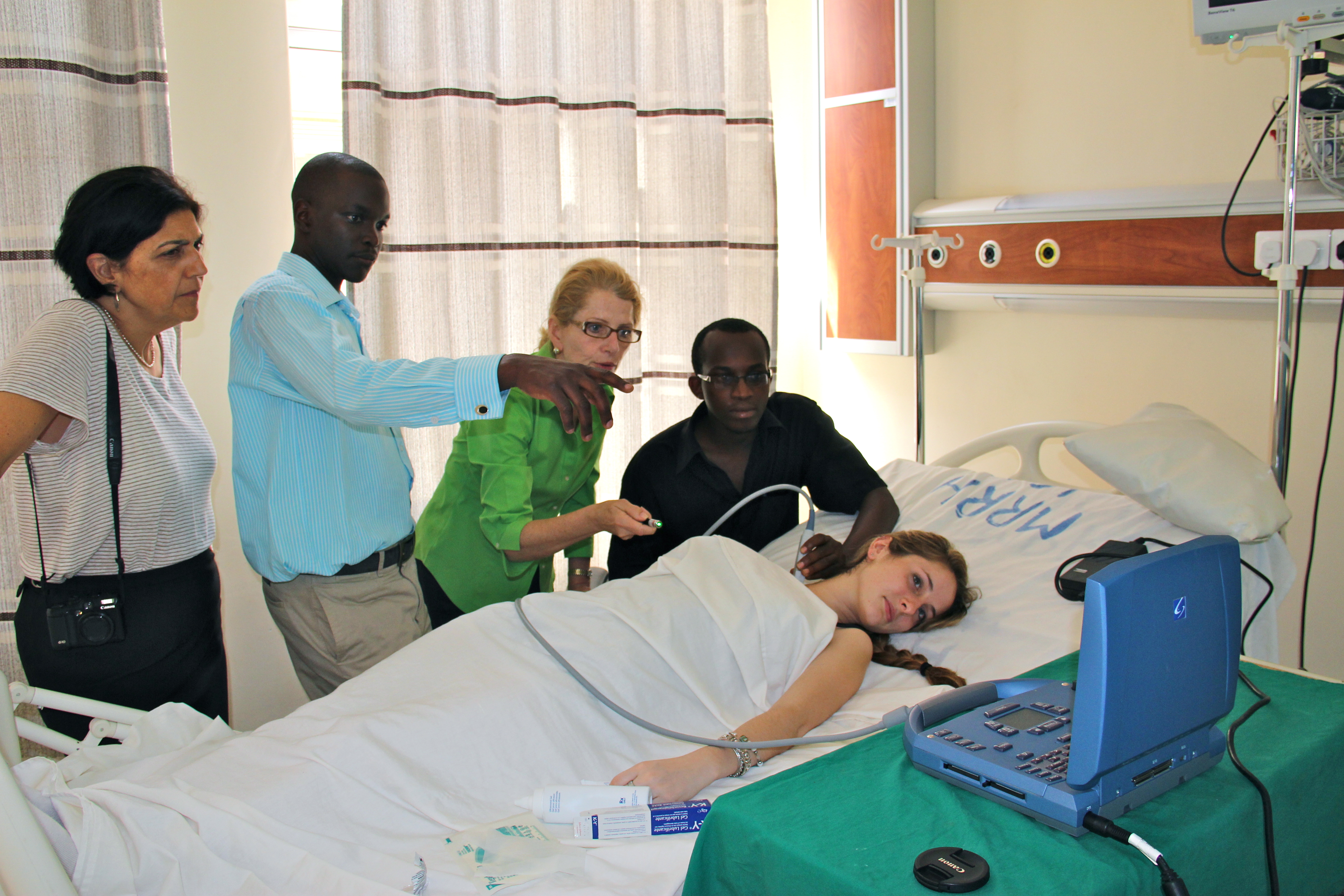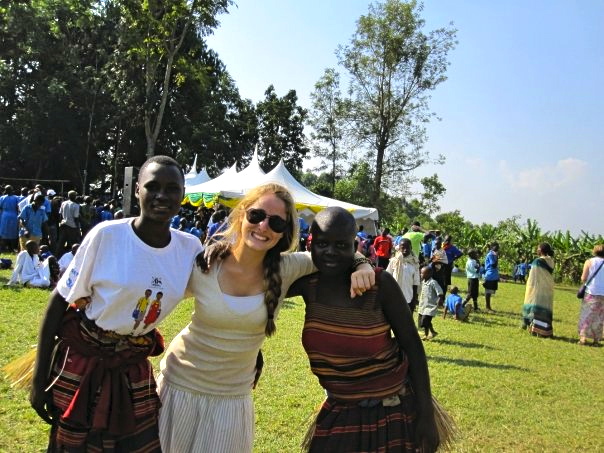This summer I am interning with the Girl’s Support Program under the Kasiisi Project in Kibale, Uganda. Dr. Elizabeth Ross started The Kasiisi Project in 1997 to aid education in and around Kibale National Park. The Kasiisi Project is made up of several “sub-projects” including the Porridge Project, a literacy program and, of course, the Girl’s Support Program. Uganda has one of this highest teen pregnancy rates in all of sub-saharan Africa, with over 30% of girls having their first baby by the time they are 18. Uganda has very high maternal death rates, a huge portion of which can be attributed to early pregnancy and unsafe abortions. HIV infection rates are 9 times higher in girls than in boys of the same age in Uganda.
But the real issue behind all of this? Girls do not receive any kind of health education in primary or secondary school. Most of their health knowledge is based on rumors and gossip among friends. One of the most shocking rumors I’ve heard in Uganda was that “HIV positive men can cure their AIDS by having sex with a virgin”. What seems so shockingly incorrect to someone who has sex education in Massachusetts public schools for about 8+ years wouldn’t seem nearly as ridiculous to someone who had never received any kind of health education, so unfortunately many young students actually believe these rumors to be true.
Another major issue is that many girls miss school every single month when they are menstruating. This article does a good job of outlining how menstruation is holding girls back in Uganda. In short, girls never have a chance to learn about what is happening to their bodies and how to deal with it. Many of them don’t have access to sanitary pads of any kind. If they do go to school and get any stains on their dresses, they are shamed by their peers. So, most of them stay home for up to a week each month. Imagine what missing up to a week of school every month would do to your academic performance, how hard it would be to stay caught up. No wonder the primary school dropout rate is so much higher in Ugandan girls than boys.
The Girl’s Support program aims to address these major gaps that are holding girls back. The program runs educational workshops that focus on STDs and their prevention, early pregnancy, personal hygiene and girl’s and boy’s development. They also hold peer health education workshops. In these workshops, a few of the older girls receive special health training. This not only educates these girls, but also empowers them to become leaders in their own communities and a vital sources of information for their peers.
I first travelled to Uganda when I was 15. I went into it with great expectations to create positive change in the world. However, I soon realized that as a 15 year old who would only be there for a little over 2 weeks, there wasn’t much I could do. I learned so much from the experience. I helped build a fuel stove and repair the Kasiisi blackboards, learned all about the Kasiisi Project, met so many incredible people and came to understand and love Ugandan culture. But the most important thing I learned is that not all “service” actually makes a difference. I learned that in order to make an impact, I would have to A) be a part of something that was more sustainable and B) put more than two weeks into the project.
Last year I went to Uganda for the second time. This time I was with my mother, an anesthesiologist at Massachusetts General Hospital, and one of her colleagues, Dr. Gargarian. Two MGH doctors had been there for 3 months earlier in the year. They had brought over an ultrasound machine that the MGH was no longer using and trained the Ugandan doctors in a rural Ugandan hospital how to use it to improve the safety and accuracy of certain procedures. My mom and Dr. Gargarian were there doing a refresher course and training them on how to use the machine in a new procedure. I helped setting up the technology for the classroom lectures and preparing the slides and was used as a model for the ultrasound. I felt that this project was part of something bigger and was actually creating sustainable change. However, I was still just an assistant. This summer I wanted to take what I know and what I’m good at and apply it to more of a leadership position.
Earlier in the year I got in touch with Debi Hoege, the field director of the Kasiisi Project. I told her that I am studying Public Health and International Development and I am particularly interested in the role of women’s empowerment in development. I asked her how everything was going at Kasiisi and especially how the Girl’s Support Program had developed. By some lucky twist of fate, she told me that they were trying to expand the program this summer and were looking for someone to help with that. So after a long semester of applying for grants, researching the topic and making plans to live in Uganda for the summer, the day is finally here.
I believe that this project will create sustainable change by educating these girls and empowering them to become leaders in their own communities. I will be in Uganda for just under 7 weeks, and I have already been doing research and preparing to help orchestrate the workshops. Health education will help them have children later, protect themselves from HIV/AIDS, and allow them to stay in school longer.
So, in just a few hours I’m off! My first time traveling to Africa completely alone and the longest period of time I will have spent there. I’m ready to learn, ready to teach, and ready for an amazing experience.


